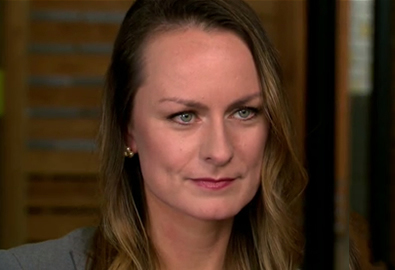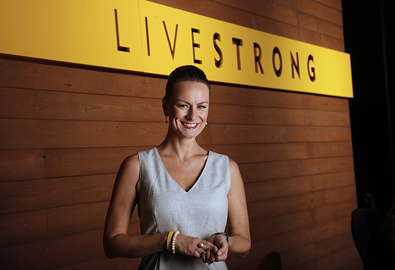Working with the media is a powerful way to make your brand shine. However, without proper media training, organizations can find themselves wrapped up in the wrong headline, which can create a less flattering narrative.
Understanding Reporter Motives
Ensuring a positive return on your media engagements starts with understanding why a reporter wants to talk to you. They’re often looking for what we at Mach 1 call the “3 Cs”:
- Crisis
- Change
- Controversy
Knowing which of these categories the interview fits into is essential to pitching or vetting the interview or news story – and it helps you prepare!
Research and Preparation
Take the time to read the reporter’s background and the latest stories he or she has published. If possible, watch previously recorded interviews to gauge their tactics. Some reporters will act sympathetic to your position only to “disarm” you with a tricky question later on. Others might try trapping you into agreeing with negative statements.
Staying on Message
Regardless of the interviewer’s style, you can come ready to stay on message and in a positive light by:
- Make points briefly and early on.
- Answer each question before explaining the “why.”
- Be willing to let the reporter fill the silence.
- Repeat key messages.
It’s all too common to forget an interview is a performance – not a conversation. If a reporter asks questions that take you off message, don’t be afraid to redirect the conversation using “bridging.” Examples include, “What I really want to talk to you about is…” or “I’ve heard that too, but the real focus should be…”
These tactics keep you in the driver’s seat, help limit misinterpretations and enhance your chance of positive media coverage.


